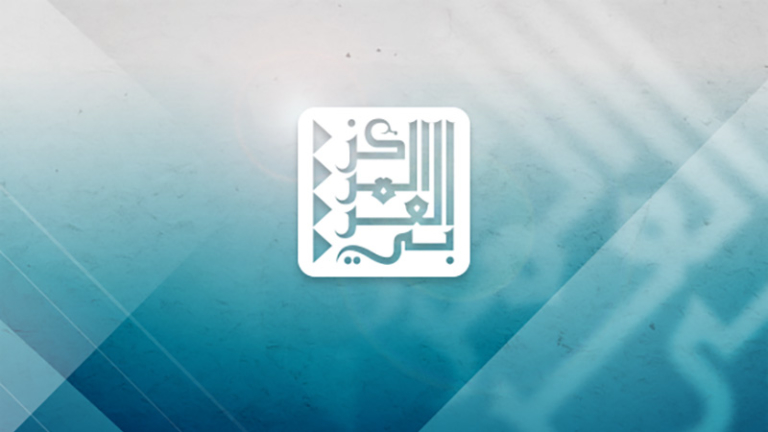
The announcement by the top leader of Al-Nusra Front in Syria Abu Mohammed Joulani to distance his group from Al-Qaeda last month was very controversial. Firstly, although this separation from the global organization was welcomed by many Syrian opposition groups, it left them suspicious that re-branding does not necessarily amount to a change in the group’s ideology or its end goal of building an “Islamic Emirate” in Syria. Secondly, the change of the name from “Al-Nusra Front” (or Jabhat Al-Nusra in Arabic) into “Fatah al-Sham Front” (or Jabhat Fatah al-Sham) did not entail the necessary changes in leadership and organizational structure. Joulani also announced that the new group will stop using the black flag containing the Islamic slogan that is often used by extremist militant groups, and replace it with a new white flag. The new white flag maintains the same words (Islamic slogan) of the old flag, albeit in black color, thus essentially reversing the colors of the old flag. The group leader announced that this new front will not have any external links, and will turn to local Islamic military groups for alliances.
The Front leader Joulani, who appeared unmasked for the first time ever, justified the move with two main explanations; one external and one internal. The external reason behind the new branding is “eliminating the pretexts of the international community, especially the United States and Russia, and avoiding air strikes.” The more internal explanation involves “bringing the groups [that are fighting the regime in Syria] closer together”.
In addition, Joulani declared that the goals of the new organization are “to work on establishing the religion of God, bring justice, and unite the groups to liberate al-Sham, through eliminating the regime and its supporters.” Such a statement clearly highlights how the new group’s ultimate design is still to establish an Islamic caliphate, despite hesitation by Joulani to officially admit it at this time.
The damages inflicted by Al-Nusra on the Syrian revolution can be better understood in light of the history of the Syrian revolution. Since the start of the Syrian uprising, this group has, through its actions, greatly helped the Assad government portray all his opponents as violent extremists.
On July 29, 2011 Air Force Colonel Riad al-As’ad announced his defection and the formation of the Free Syrian Army, along with several other officers. This event marked the first sign of turning the revolution from a peaceful protest into one controlled by armed opposition. In a video posted on YouTube, al-As’ad called on members of the government forces to “abandon their military units” and join him in the creation of “a national army that can protect the revolution and all segments of the Syrian population with all its sects.” An official armed opposition entity had thus been formed to defend the protests; yet still the armed struggle for Syria had not quite begun. It would take international vacillation and ambivalence to convince the Syrian revolutionaries that they had no choice but to take up arms.
As the Free Syrian Army grew in size and influence, and became able to control major areas that the Assad regime could not reach like Izaz, Manbij and others, al-Nusra Front was born. Towards the end of 2011, al-Nusra arose and slowly detached itself from the Free Syrian Army through using a different flag and announcing distinct objectives. Such a scenario created confusion among Syrians, who could not fully understand the role and nature of armed opposition and, consequently, the fate of the revolution.
It is undeniable that extremist Jihadi groups have played a role in the Syrian conflict. However, that role has been and remains on the margins of the revolution and on the margins of the many other groups fighting independently or under the banner of the Free Syrian Army. The number of Jihadi fighters was very low– to the point of being negligible – at the start of the conflict. However, as the Syrian state receded, more space became available in which extremist groups could operate, and their influence has certainly grown. It has taken time for Jihadi funding networks to be activated outside Syria, and similarly time was needed for foreign fighters (not all of whom are Islamist) to trickle in from battlegrounds elsewhere. For much of the conflict, secular militias have begrudgingly regarded the Jihadi groups as a necessary evil – perhaps even an asset. But in the case of Syria, can the enemy of your enemy really be counted as your friend? More recently, nationalist rebel militias began a campaign against al-Qaeda-linked groups, seeking to expel them from the country.
Since its formation at the end of 2011, Jabhat al-Nusra became the most widely known of the handful of Islamist groups currently operating in Syria. The organization has claimed responsibility for a number of high-profile bombings in Syria’s urban centers, while also conducting military operations across much of the country. The Islamic State of Iraq and the Levant (ISIL), which was still operating as a branch of al-Qaeda when first gained a major foothold in Syria in early 2013 and seized control of towns in eastern Syria, appeared initially under the umbrella of al-Nusra. as it Since then, despite being directly ordered by Ayman al-Zawahiri, the head of al-Qaeda, to cede territory to Jabhat al-Nusra in the ongoing Jihad in Syria, ISIL has gained control over large swathes of territory in northern Syria and continues to control the city of Raqqa and other small towns in the country’s northern region. ISIL’s goal is to establish an Islamic caliphate, and according to activists, has rarely contributed to the fight against the Syrian government. Rather, the group has focused on controlling territory, establishing emirs as heads of local administrative bodies, and attempting to spread its extremist ideology.
The presence of ISIL on the scene in Syria has changed the calculations of both internal groups and external powers like Russia and the United States. ISIL altered the previous schemes and managed to become the target, which ultimately allowed the Assad regime to portray itself as the victim. Al-Nusra, therefore, led to the birth of ISIL, and ISIL led to the death of the Syrian revolution. Whatever their name or flag colors might be, they continue to threaten the security and well-being of Syrians and the future prospect of a democratic plural Syria.

